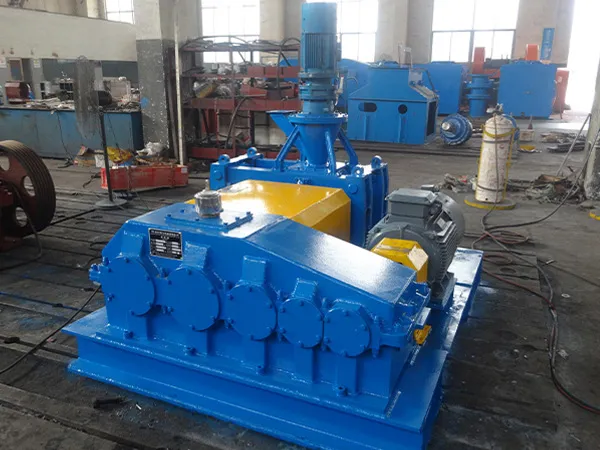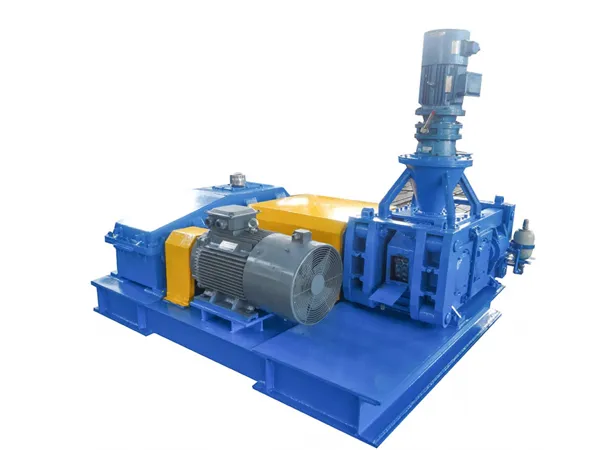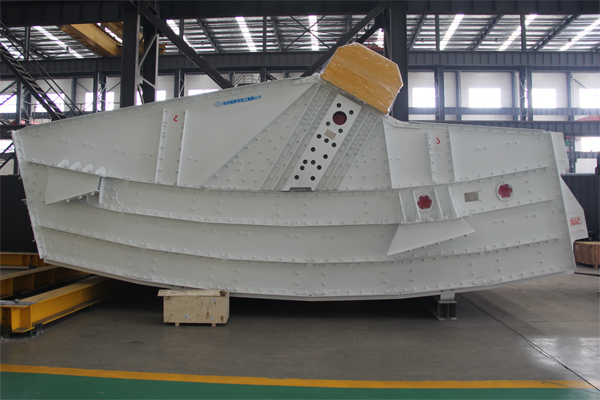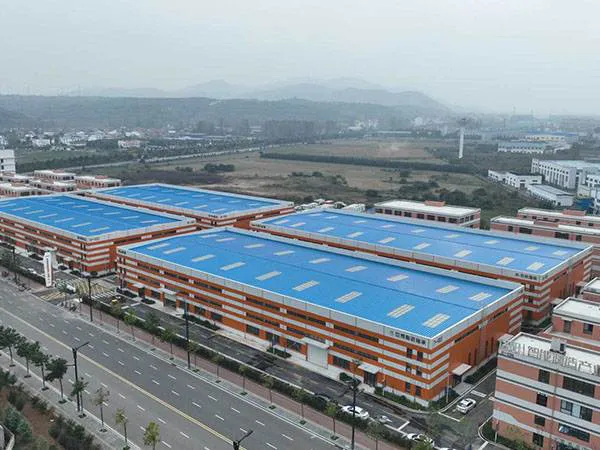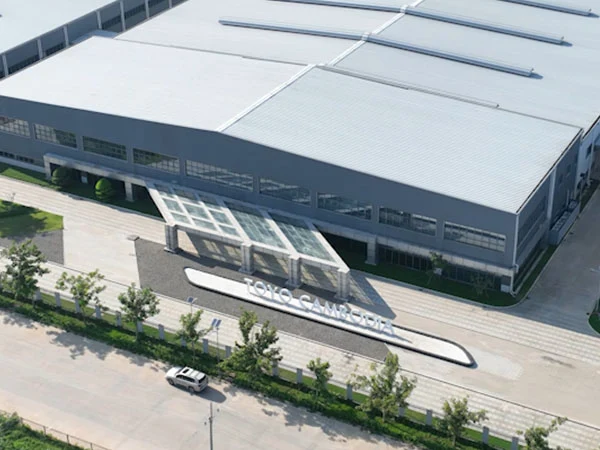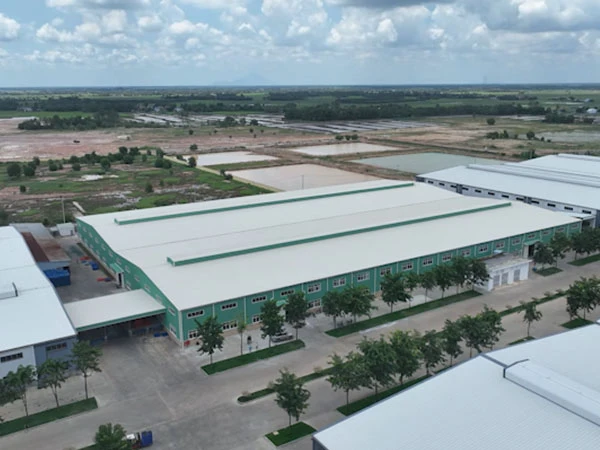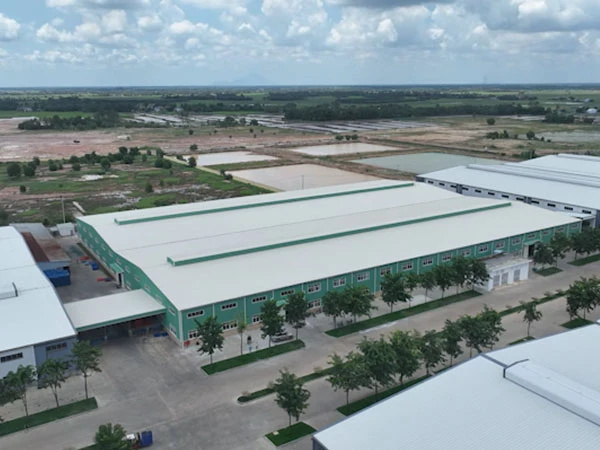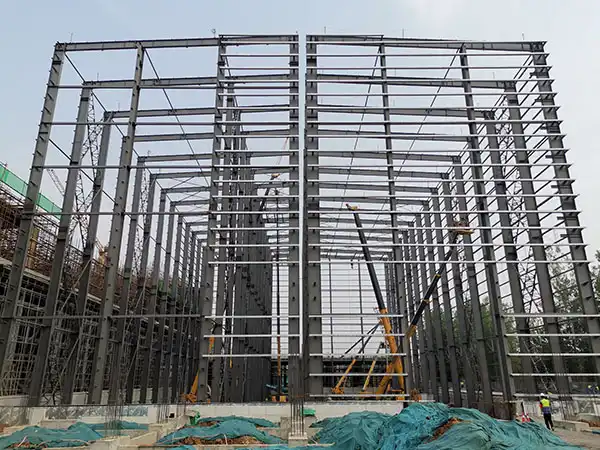En el mundo de hoy, El desarrollo sostenible y la eficiencia energética se han convertido en temas centrales para el crecimiento industrial.. Para industrias como la transformación de la madera., fabricación de muebles, y aserraderos, grandes cantidades de aserrín y astillas de madera a menudo se tratan como residuos – ocupando un espacio valioso, aumento de los costos de eliminación, y presentando riesgos de incendio.
Pero ¿y si estos residuos de madera pudieran transformarse en una poderosa fuente de energía renovable?? los Máquina briquetadora de biomasa y aserrín de madera hace esto posible al convertir los residuos industriales en residuos limpios., combustible de alto valor.
¿Qué es una máquina briquetadora de biomasa y aserrín de madera??
Una máquina briquetadora de biomasa es un equipo avanzado que comprime materiales de biomasa sueltos, como el aserrín., cáscaras de arroz, paja, o residuos agrícolas en bloques densos o briquetas cilíndricas. Se conocen como combustibles de briquetas de biomasa., una alternativa ecológica al carbón u otros combustibles fósiles.
Mediante extrusión física a alta presión y alta temperatura., La máquina une fibras de biomasa de forma natural sin aditivos químicos., formar briquetas duraderas y de alta energía.
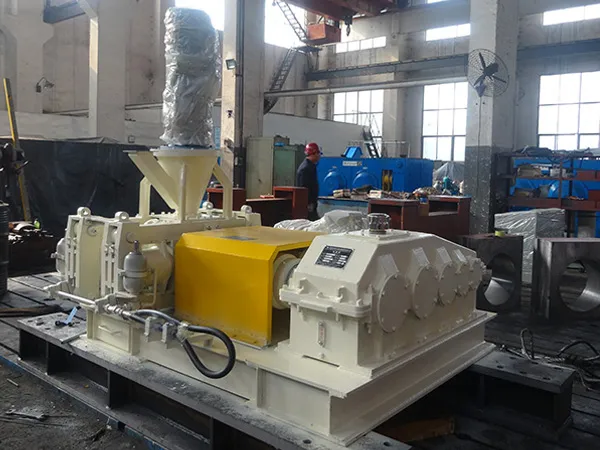
¿Por qué elegir una máquina briquetadora de aserrín de madera??
1. La solución definitiva para la gestión de residuos
No más montañas de aserrín! La briquetadora reduce significativamente el volumen de residuos, haciendo más fácil y económico su almacenamiento y transporte. Es una forma práctica de reducir los costes de manipulación de residuos y los riesgos medioambientales..
2. Crear energía verde valiosa
Una vez comprimido, Las briquetas de aserrín tienen mayor poder calorífico y eficiencia de combustión en comparación con el aserrín crudo.. Producen menos humo y cenizas, convirtiéndolos en un sustituto renovable ideal del carbón y el petróleo.. Esto convierte sus residuos en vendibles, fuente de energía limpia.
3. Beneficios económicos reales
Menores costos de energía: Utilice briquetas de biomasa de producción propia para sustituir los costosos combustibles externos. Flujo de ingresos adicional: Vender briquetas a plantas de calefacción locales., centrales eléctricas, u otros usuarios industriales. Cumplimiento normativo: El reciclaje adecuado de residuos ayuda a evitar multas ambientales y respalda las certificaciones verdes.
…

